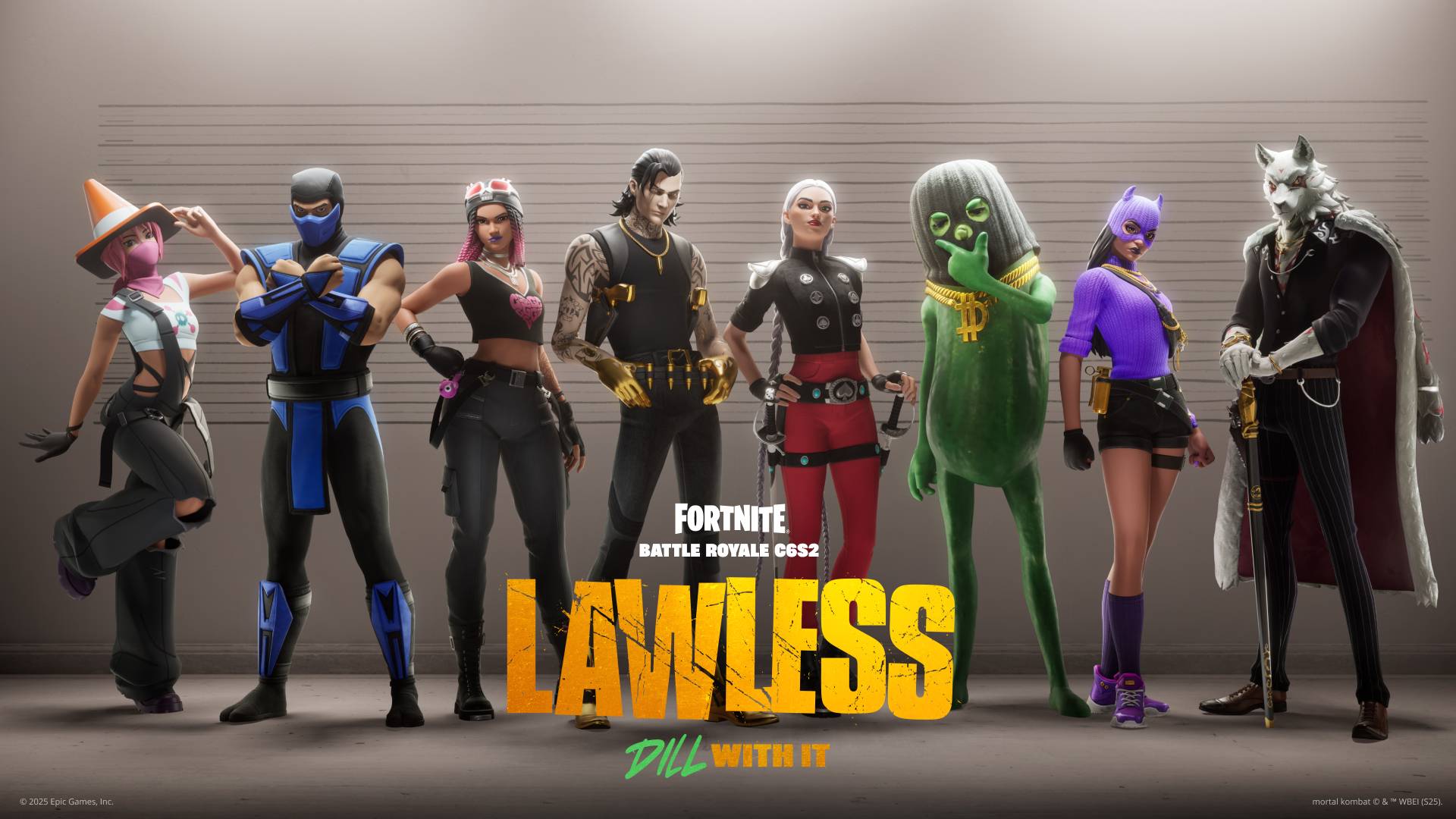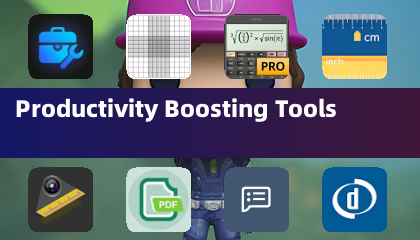
Civ 7’s Deluxe Edition has been out for just a day, and the internet is already buzzing with criticism about its user interface (UI) and other perceived shortcomings. But is the UI really as bad as people claim? Let's delve into the specifics and evaluate the game's UI elements to see if the online backlash is justified.
← Return to Sid Meier's Civilization VII main article
Is Civ 7's UI as Bad as They Say?
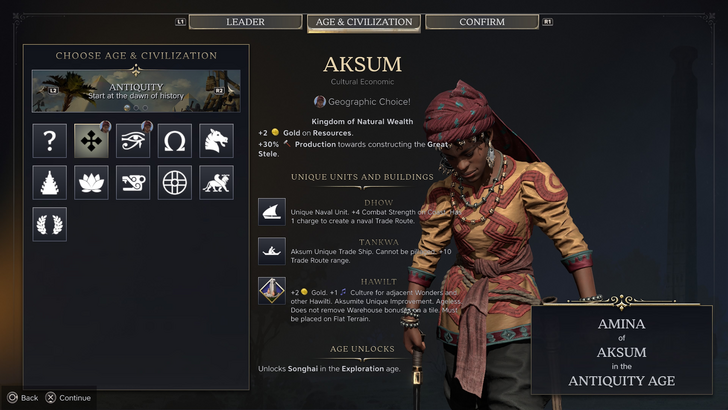
Civ 7 has been available for less than a day for Deluxe and Founder’s Edition owners, yet it's already facing significant criticism, particularly for its UI and the absence of certain quality-of-life features. While it's easy to join the chorus of detractors, it's important to take a closer look and assess whether the UI truly falls short. The best approach is to analyze it component by component and see if it meets the standards expected of a 4X game's interface.
What Makes a Good 4X UI?
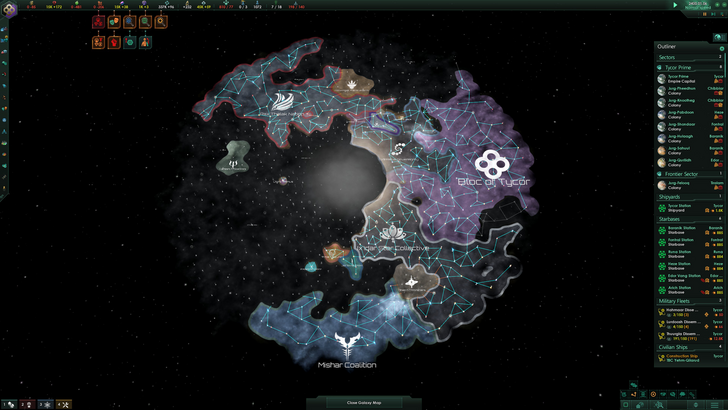
The design of a 4X game's UI can be subjective, as it depends on the game's context, style, and objectives. However, experts have identified common elements that contribute to effective 4X UIs across the board. Let's evaluate Civ 7's UI against these key criteria.
Clear Information Hierarchy
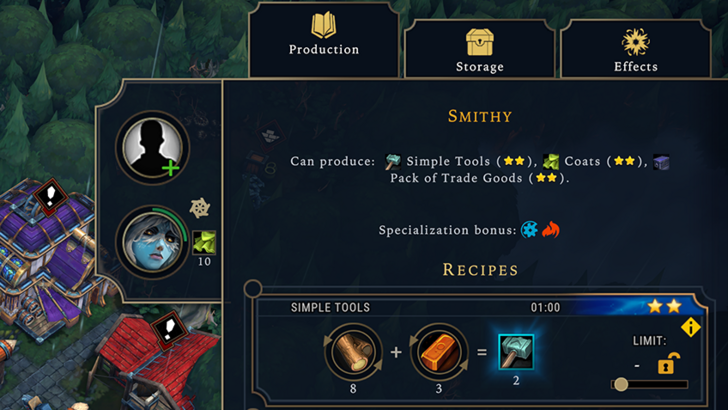
A good 4X UI should prioritize information based on its importance and accessibility. Essential resources and mechanics should be easily accessible, while less critical features should be available within a few clicks.
For instance, Against the Storm's building info menus exemplify clear information hierarchy. Each building's pop-up menu is organized into tabs, prioritizing the most common actions like worker assignment and production settings, while less frequent actions are tucked away in other tabs.
Civ 7's resource rundown UI is functional but could be more effective. It displays resource allocation across the empire in a well-structured table format with dropdown menus for detailed breakdowns. However, it lacks the granularity to show which specific districts or hexes are generating resources, and it doesn't provide a comprehensive breakdown of expenses beyond unit upkeep. While not the most effective, it's still usable and could benefit from more detailed information.
Effective and Efficient Visual Indicators

Visual indicators should convey information quickly and efficiently, using icons, colors, or overlays to reduce reliance on text. Stellaris's Outliner is a great example, using icons to show the status of survey ships and colony needs at a glance.
Civ 7 uses iconography and numerical breakdowns effectively for resources, with visual indicators like the tile yield overlay and settlement overlays. However, the absence of certain lenses from Civ 6, such as appeal and tourism, and the lack of customizable map pins, are notable drawbacks. While not terrible, there's room for improvement in this area.
Searching, Filtering, and Sorting Options
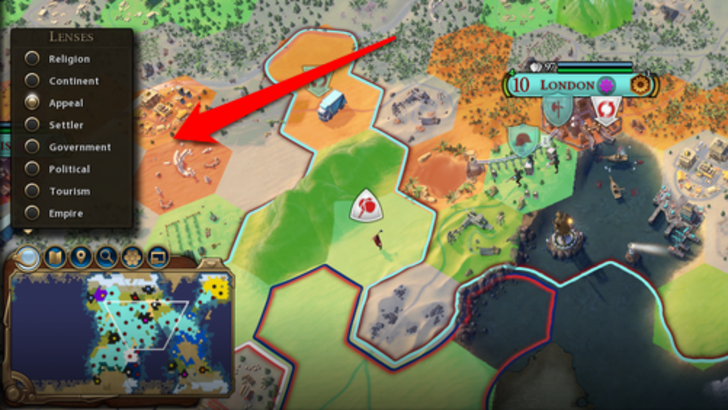
As 4X games can become visually cluttered, searching, filtering, and sorting options are crucial for managing information. Civ 6's search function is a prime example, allowing players to locate specific resources or features on the map easily.
Civ 7, however, lacks this search function, which is a significant omission given the game's scale. This absence is a notable hit to usability, and many players hope Firaxis will address it in future updates, along with enhancing the Civilopedia's functionality.
Design and Visual Consistency
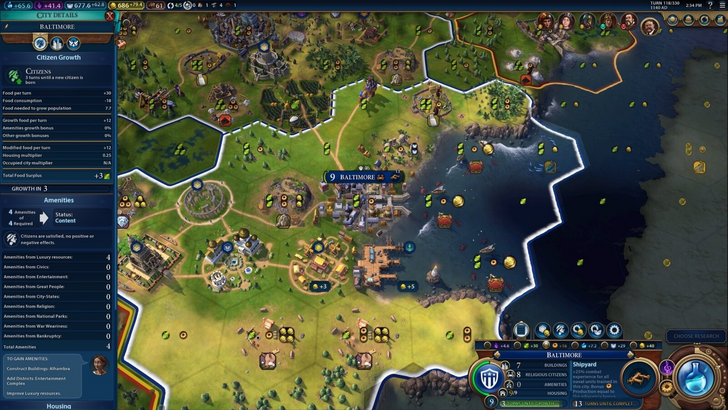
The UI's aesthetic quality and consistency are crucial for player engagement. Civ 6's cartographical style seamlessly integrates with its overall aesthetic, enhancing the game's identity.
Civ 7 opts for a more minimalist and sophisticated design, using black and gold to convey regality and refinement. While this design choice aligns with the game's aesthetic, it's less visually striking and can be harder for players to connect with. The UI's thematic direction is subtle, leading to mixed reactions among players.
So What’s the Verdict?
It’s Not The Best, But Undeserving of Such Disapproval
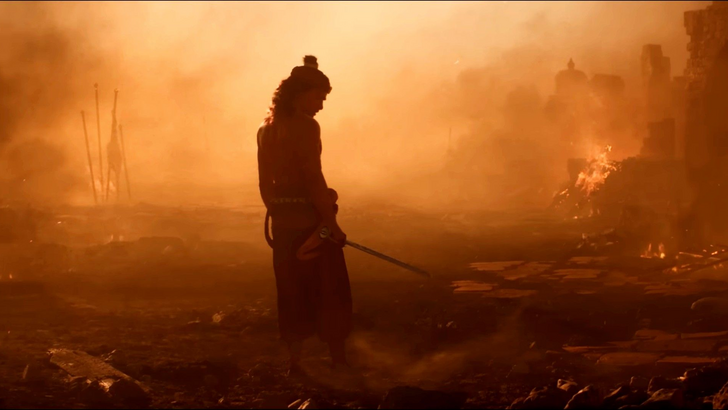
After evaluating Civ 7's UI against the key criteria, it's clear that while it's not the best or most refined, it's not as bad as many claim. The lack of a search function is a significant flaw, but it's not game-breaking. Compared to other issues in the game, the UI's shortcomings are relatively minor. While it may not match the visual appeal and efficiency of other 4X UIs, it still has strengths that deserve recognition.
Personally, I find Civ 7's UI acceptable, and the game's overall quality compensates for its imperfections. With future updates and player feedback, the UI could improve and win over more critics. For now, I believe the backlash is overstated.
← Return to Sid Meier's Civilization VII main article
Sid Meier's Civilization VII Similar Games











 LATEST ARTICLES
LATEST ARTICLES 


